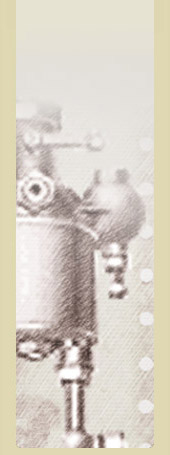1926-1945
R & D, Aviation, and a Second World War
By 1926, the demands of the growing automotive industry prompted the Holley brothers to build
another plant in Detroit. They also constructed a special building to house dynamometers
(instruments that measure power and force) and other research equipment. Holley's intense dedication
to research and development continues to this day.
Earl Holley's interest in airplanes spurred the development of an aviation division at Holley in 1927.
At first, Holley carburetors were used solely in Curtiss-Wright sport planes. Soon, however,
American Airlines, Pan-American Airlines, the U.S. Coast Guard, and the armed forces in Argentina,
China, the Dutch East Indies, Thailand, Great Britain, and the United States were all using Holley carburetors! Even Howard Hughes' plane
was equipped with none other than a genuine Holley carburetor. 1927 also marked the year Holley developed a carburetor for the Ford Model A.
In 1933, Holley Carburetor Company entered into the manufacture of automotive ignition devices, which now include distributors and circuit breakers. Automotive
fuel pumps were also added to the company's growing list of products. The following year, Holley produced its first ignition distributor.
In 1935, Holley's aviation division developed a variable venturi carburetor to overcome icing problems. The unit was first used on the DC-3 airplane and, later,
during World War II, on Packard-powered PT boats as well as the B-25s used in Jimmy Doolittle's air raid on Tokyo.
During the second world war, Holley also produced carburetion and fuel-metering devices for cars, trucks, boats, and planes utilized by American troops. Approximately
half of the carburetors used in World War II bore the Holley name.
R & D, Aviation, and a Second World War
1926-1945

